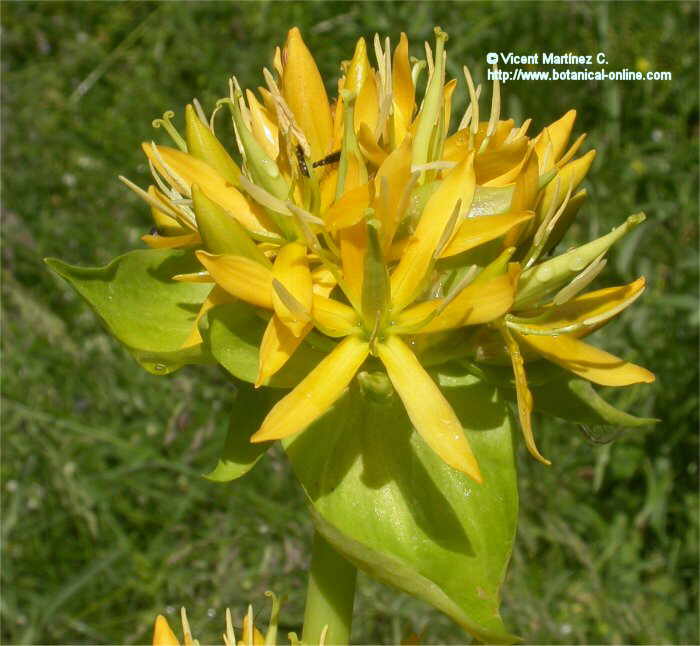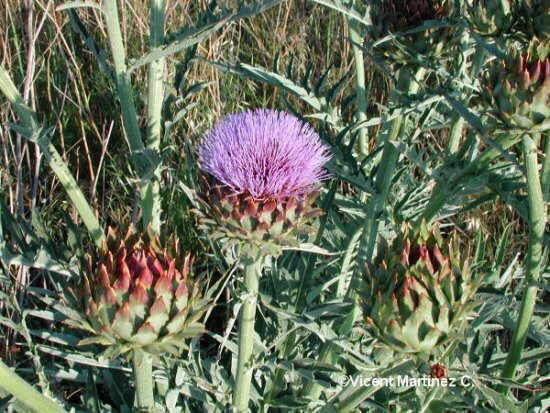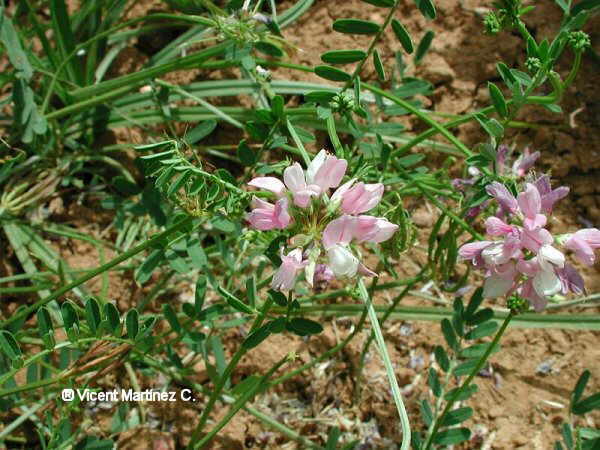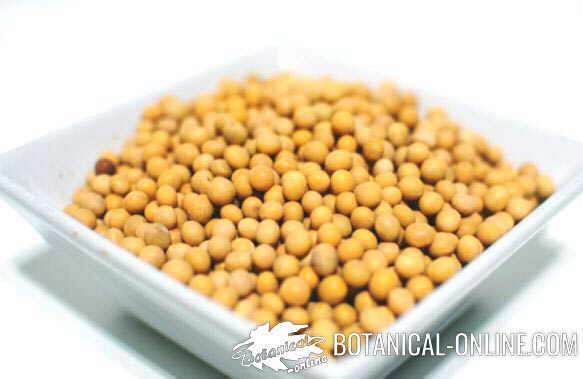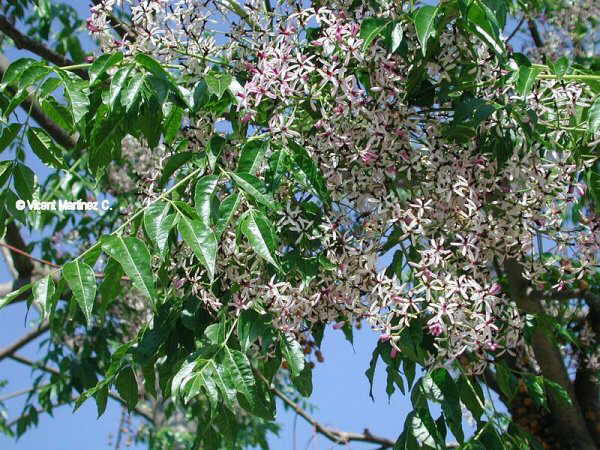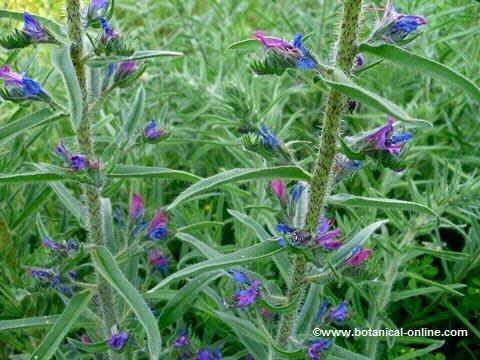Contents
(Digitalis purpurea L., Digitalis obscura, Digitalis lanata Ehrh, Digitalis lutea, Digitalis parviflora L.)
Medicinal properties of Digitalis
Scientific noun: Digitalis purpurea L.; Digitalis obscura, Digitalis lanata Ehrh, Digitalis lutea, Digitalis parviflora
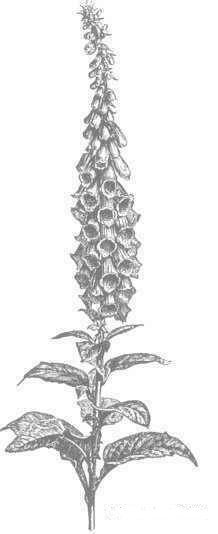
Common noun: Foxgloves: foxglove, willow-leaved foxglove, wooly foxglove, straw foxglove.
Family: Foxglove family.- Escrophulariaceae
Habitat: Europe.
Components
- Cardiotonic glycosides: specially digitoxin, gitaloxigenin and digitoxigenin (Digitalis purpurea); digitoxigenin, digoxigenin and gitoxigenin (Digitalis obscura)
- Saponins.
Active parts
All the parts of the plants are poisonous, but specially the leaves, being the upper ones more toxic than the lower ones.
Uses of Foxglove
They are used in the pharmaceutical industry for the elaboration of heart tonics and as diuretic.
In traditional medicine they have been used to regularize the beats of the heart, either increasing its beat when it is poor or diminishing it in cases of too frequent and irregular beat, because of heart failure. They have also been used to eliminate accumulation of liquids in the blood, related with problems of the heart.
In areas of high mountain, they have bee used – especially the yellow foxglove – Digitalis lutea – to combat the mountain sickness, pain in the legs or the possible problems that low pressure can produce to the circulatory system.
Toxicity
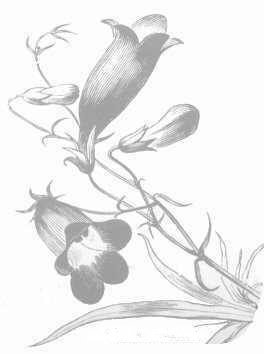
The presence of potent cardiac glycosides, especially the digitoxin, that are not eliminated once ingested makes that the continuous use of these substances or of products derived from these plants can cause a serious risk to health, even heart arrhythmias or heart failure. Since the digitoxin is eliminated through the liver, intoxications can take place in patients with hepatic problems.
Accidental intoxications can take place by means of the direct contact with the plant, either by ingesting some part of if or sucking it. The mortal dose for a person is calculated in the ingestion of 2 or 3 gr. of dry plant. All these plants usually present higher levels of toxicity just before the maturation of the seeds.
Being so dangerous plants it is not advised to consume them in homemade products. The toxic properties of these plants don’t disappear after the drying or cooking.
Symptoms
Vomiting, sickness, diarrhea, headache, drowsiness, hypotension, dilation of the pupil, problems in the vision – the presence of a halo around the objects is a clear symptom that the organism is on the process of being intoxicated. With bigger quantity of ingested plant or with a more prolonged dose in the treatment the symptoms worsen with the appearance of convulsions and affecting to the heart.
![]() More information on plants
More information on plants

